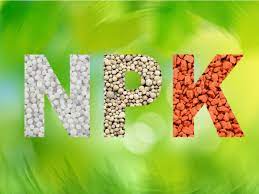
Creating Brown Elegance: How to Make Brown Paint at Home
Brown, a versatile and earthy color, can be easily mixed using various combinations of primary colors. Making brown paint at home allows you to customize the shade and experiment with different color ratios. Whether you’re an artist or looking for a DIY project, here’s how to make brown paint:
Method 1: Using Primary Colors (Red, Blue, and Yellow):
Start with Red and Blue:
Begin by squeezing a small amount of red paint and blue paint onto your palette.
Mix Red and Blue:
Use a palette knife or paintbrush to mix the red and blue paints together. The result will be a shade of purple or violet.
Add Yellow:
To achieve the brown hue, gradually add small amounts of yellow paint to the purple mixture. Continue mixing until you achieve your desired shade of brown. Add more red or blue if needed to adjust the tone.
Method 2: Using Complementary Colors (Orange and Blue):
Start with Orange:
Begin by mixing equal parts of red and yellow paint to create an orange shade. Adjust the ratio of red and yellow to achieve the desired orange hue.
Mix Blue with Orange:
Add a small amount of blue paint to the orange mixture. Gradually add blue while mixing until the orange transforms into a brown shade. This method creates a more vibrant and warm brown.
Method 3: Using Black and Orange:
Create Orange:
Mix equal parts of red and yellow paint to create an orange shade.
Add Black:
Gradually add a small amount of black paint to the orange mixture. Black has the effect of darkening and toning down the color, resulting in a cooler and deeper brown.
Tips:
- Start with small amounts of paint and adjust as needed to achieve the desired color.
- Keep in mind that different paint brands and pigments may yield slightly different results, so experimentation is encouraged.
- You can also add a touch of white paint to your brown mixture to create various shades of tan or beige.
- When mixing, use a clean palette knife or paintbrush to avoid cross-contamination of colors.
Remember that making brown paint is an artistic endeavor, and your creativity can lead to unique shades that suit your projects perfectly. By experimenting with different color ratios and methods, you can create a wide range of brown tones to add depth and warmth to your artwork or DIY projects.



